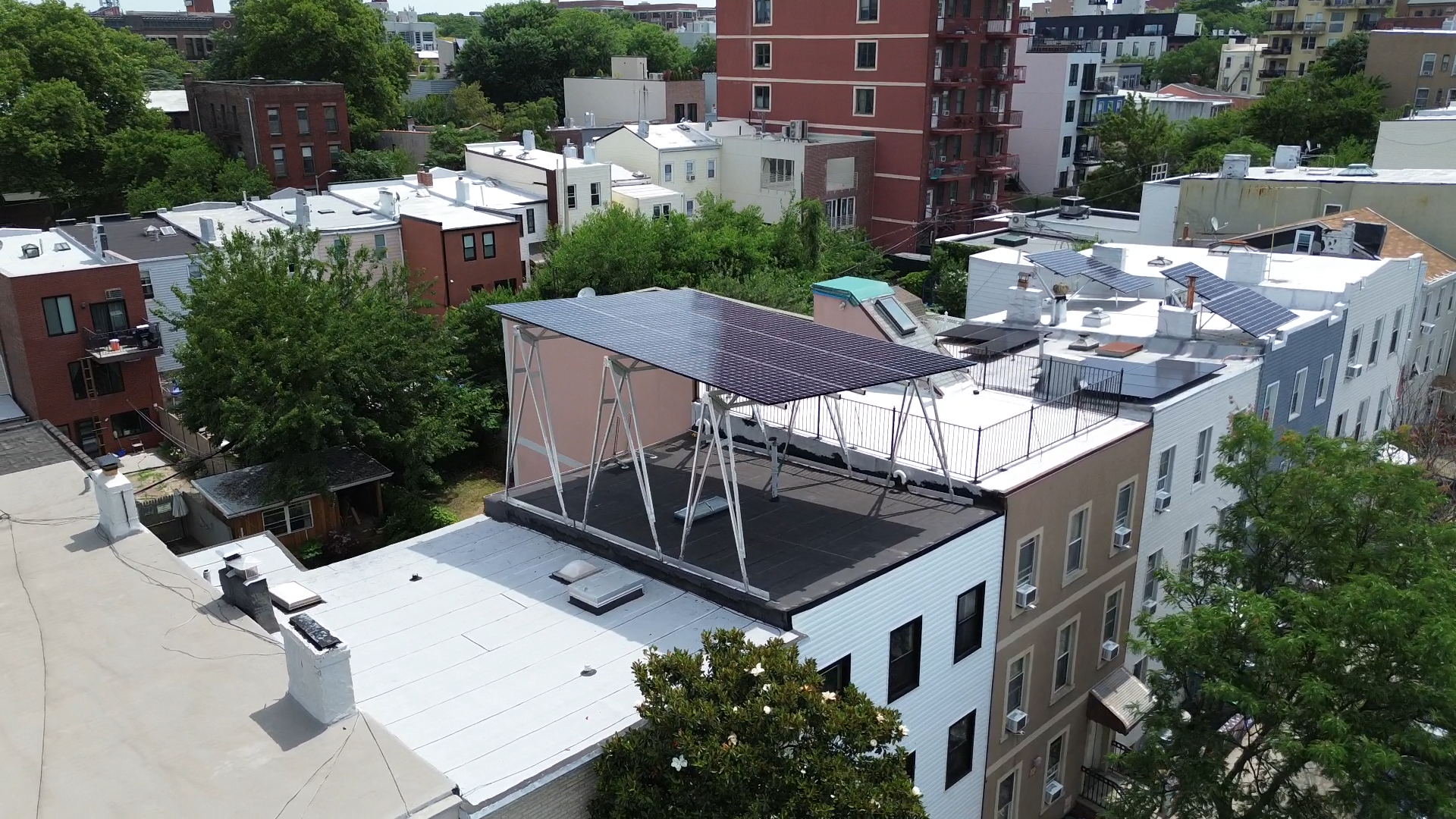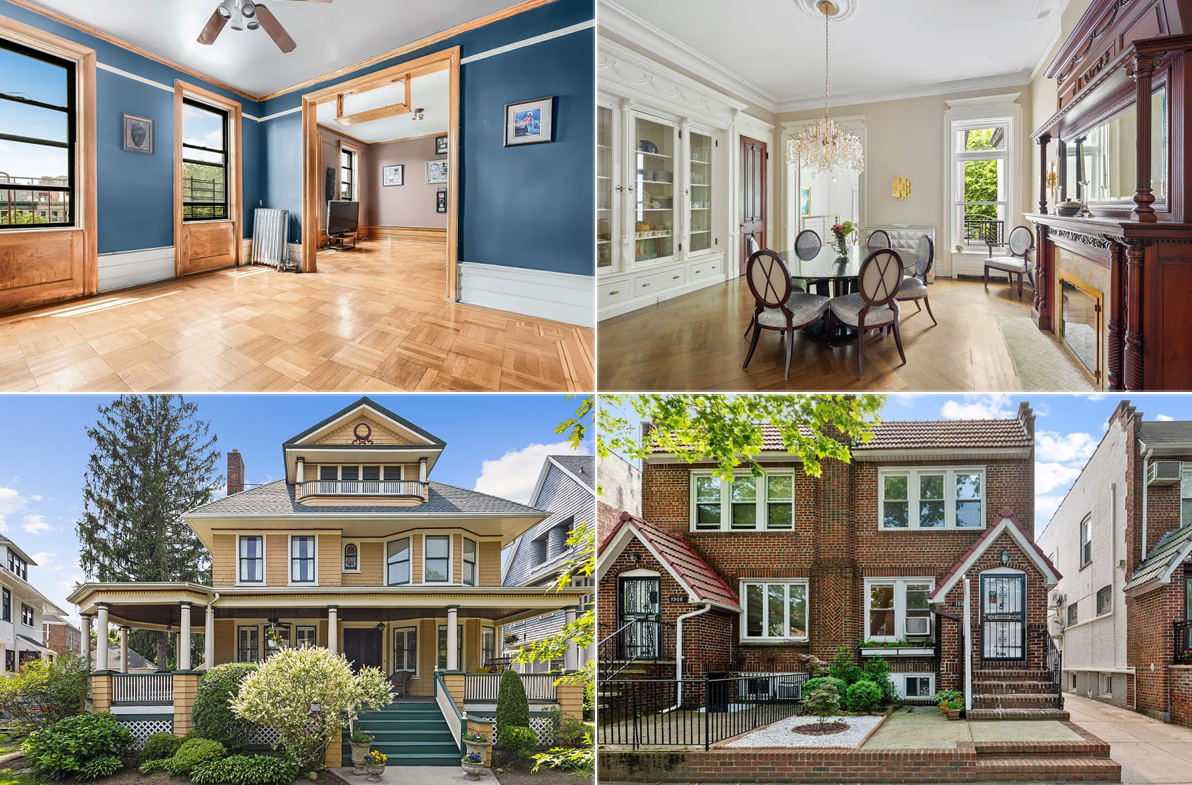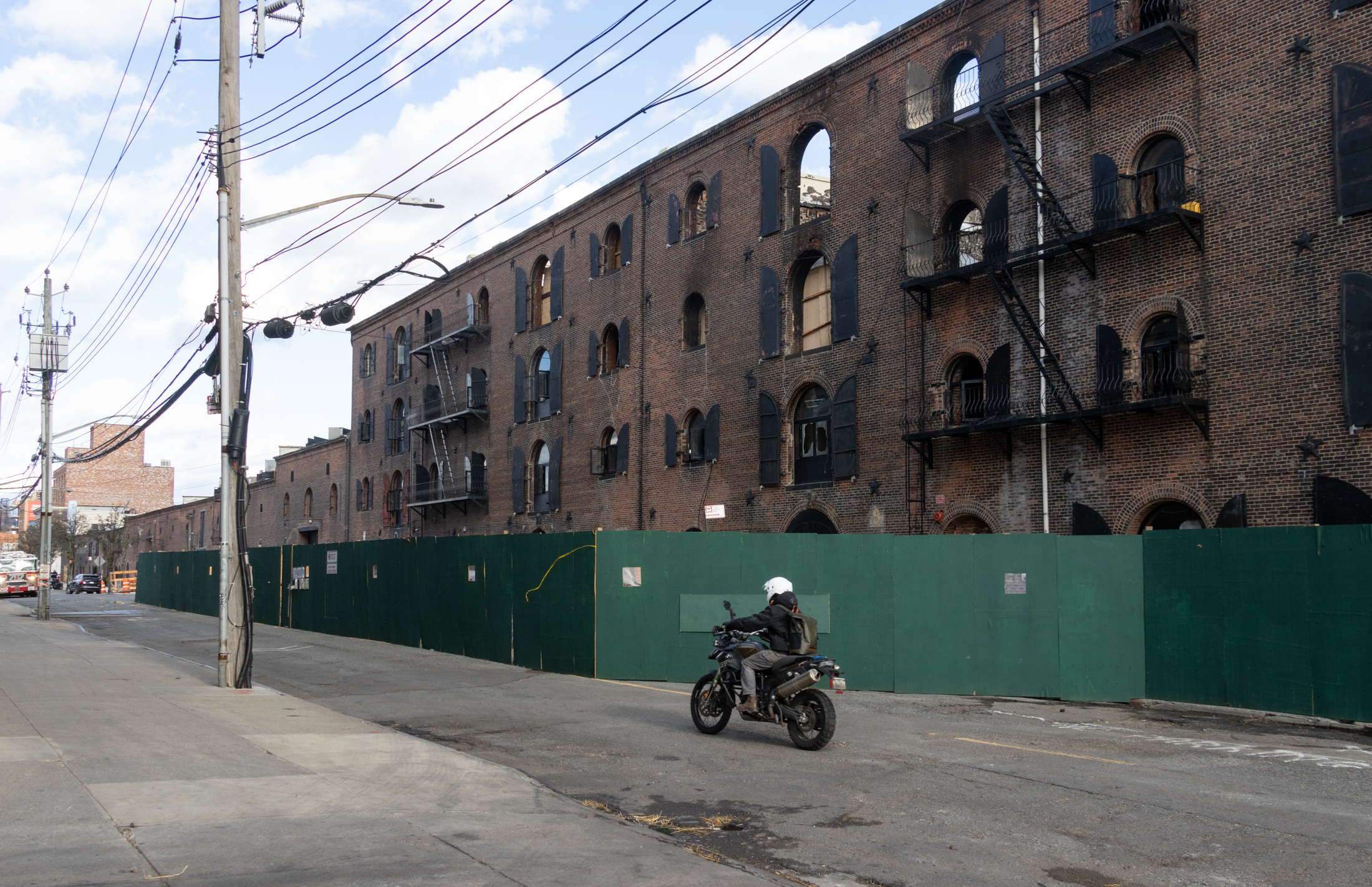Latest S&P Numbers: Surprise! They Ain't Good
The Journal reports that the most recent S&P/Case-Shiller indexes, which covered home-price trends in 20 major metropolitan areas through April, show home prices dropping 15.3 percent in the past year—a record decline. The continued devaluation of residential real estate across the country set home prices back to where they were a whole three years ago,…


The Journal reports that the most recent S&P/Case-Shiller indexes, which covered home-price trends in 20 major metropolitan areas through April, show home prices dropping 15.3 percent in the past year—a record decline. The continued devaluation of residential real estate across the country set home prices back to where they were a whole three years ago, even though eight of metropolitan areas included in the index showed a bit of improvement over March of this year. There was no region studied, however, that did not post a year-over-year decline in prices. Vegas and Miami saw the biggest price drops between April ’07 and April ’08, while Charlotte and Dallas fared the best. The New York region was somewhere in the middle, with a year-over-year decline of 8.4 percent and a 1.3 percent dip between March ’08 and April ’08. “There might be some regional pockets of improvement,” said David M. Blitzer, chairman of Standard & Poor’s index committee, though “on an annual basis the overall numbers continue to decline.”
Home-Price Gains Are Erased, Now Stand at 2004-2005 Levels [WSJ]
Graphic from the Wall Street Journal.





For elite NY, median income is irrelevant. More important is how the elite is doing. Merrill Lynch’s World Wealth Report out today reports that people with liquid assets over $1m are doing pretty well: they increased in number by 6% (3% in the US to 3.3m) and their average wealth increased by 7% (3.5% in the US).
Unfortunately for Brooklyn, inequality is just as bad among the rich as among the rest of us. The extra-extra rich (liquid assets over $30m, about 41,000 Americans) took the bulk of this gain, just as the rich took the bulk of the nation’s gain. And the extra-extra rich aren’t moving en masse to PS yet.
http://www.ml.com/media/100472.pdf
10:40,
Silly but funny.
By extension: I cook Thai food (I have a birth right to it) so I guess our house will never depreciate.
Actually, am thinking of selling out of our Prime FG into a supposedly, maybe less desirable but primely located PH house (“newer” house with later 19th century details–not my taste–and yucky replacement windows, slightly narrower house).
Can PH people comment on the life there? How is it around Vanderbilt.
Anyone who knows both FG and PH well, do you think I will miss the village-y feeling of FG?
Is PH near enough to transportation and BAM?
9:29 = 9:48
The Pad Thai Index sounds like a reliable indicator to me. Better than anything the Wall Street clowns have formulated in the past decade.
At least the What cuts and pastes from reputable sources and actually has some backing from economists for what he says.
You guys all just make these guesses that houses in your “prime” neighborhood could never depreciate because you just got a new Thai restaurant down the street.
Case-Shiller is by far the best source for understanding what is really going on with the housing market, because it looks at actual resales of the same property. Unfortunately, it is only suggestive for NYC because: 1. It only looks at single family houses and so misses most of the housing stock here. 2. The NY metro area is defined too broadly, so it misses any micro trends.
So if you think that condos and brownstones can have a radically different trajectory than single family houses, ignore Case-Shiller. Similarly, if you think that BK can go up while the metro area goes down, ignore Case-Shiller. Otherwise, take it as rough guidance.
NY metro area: Fairfield CT, New Haven CT, Bergen NJ, Essex NJ, Hudson NJ, Hunterdon NJ,
Mercer NJ, Middlesex NJ, Monmouth NJ,
Morris NJ, Ocean NJ, Passaic NJ, Somerset
NJ, Sussex NJ, Union NJ, Warren NJ,
Bronx NY, Dutchess NY, Kings NY,
Nassau NY, New York NY, Orange NY,
Putnam NY, Queens NY, Richmond NY,
Rockland NY, Suffolk NY, Westchester
NY, Pike PA
Source: from http://www2.standardandpoors.com/spf/pdf/index/SP_CS_Home_Price_Indices_Methodology_Web.pdf
This is weighted by value, so the outlying areas don’t affect it as much as the more expensive closer in ones.
CalculatedRisk has an interesting post on these numbers, including a chart showing that in the NY Metro area, the ratio of median price to median income doubled during the bubble. http://calculatedrisk.blogspot.com/
It is not possible for housing sales prices to rise faster than incomes and faster than rents for long. Sooner or later, the number of people who can/will afford them drops, while developers keep building more.
Nor is it possible for prime Bklyn prices to go up while its direct competitors go down. At some point, enough people will balk at paying a sufficiently excessive premium for the delights of badly renovated nineteenth century buildings and even more badly designed 21st century condos and decide, instead, to cope with the downsides of having to own a car.
“. . . Brookyn Prime where price gains remain strong. Sorry folks.”
This is nonsense. There have not been strong price gains in Brooklyn over the past year. In fact, in most cases there have been no price gains. If you bought a brownstone in 6/07 and tried to sell it in 6/08, you would not be turning a profit on that transaction.
If the What moves to Brooklyn, I’m moving to Lodi.